Covfefe. Maybe that’s not the complete answer to how government agencies use social media, but it’s certainly an indication of how pervasive and influential social media has become in our political climate.
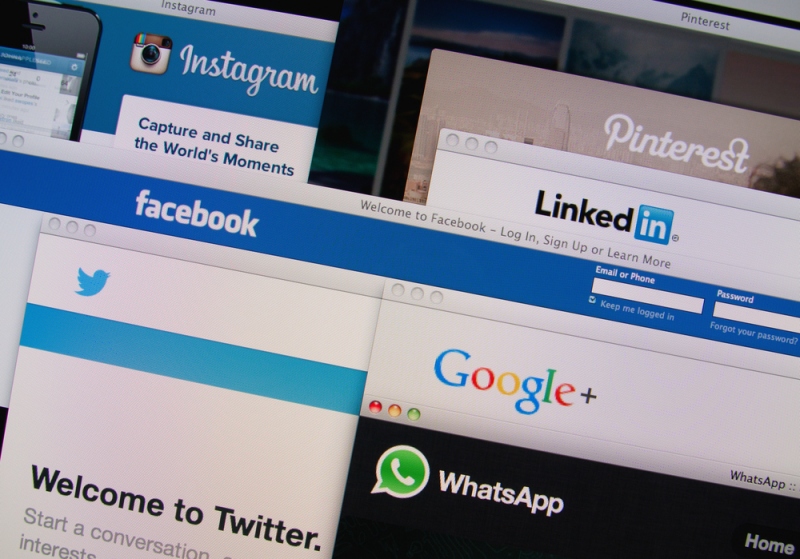
Presidents have used rich media to connect to their citizenry ever since Franklin Roosevelt’s famous fireside chats. What social media offers federal agencies is the ability to not only engage with their constituents, but to collect active data on their followers’ behaviour and political ideology.
Social media deeply influenced the 2016 election. In fact, this election might have been the most polarizing due to the freedom afforded to individuals to express their opinions over the cloak of social media. Unlike the 2012 election, the American populace were no longer social media neophytes.
With tremendous confidence, poll forecasters discounted social media trends and engagement metrics that easily predicted a Trump victory. Equipped with this knowledge, Clinton might have ran her campaign a little bit differently.
Social media not only provides a pulpit for politicians to campaign upon, but also a medium for federal agencies to engage with the American public and provide informative content. Let’s explore how the US federal government uses social media and provide some examples of how effective these campaigns have been for their promotional campaigns.
How the Government Uses Social Media
One study of every major US sector found that the government was viewed as the most unpopular industry and the most annoying over social media. The average response rate across all government agencies and accounts was a dilapidated 10.7 hours with an engagement rate of 8.91%.
It’s no secret that politicians use social media as much as many traditional media outlets to campaign and court favor with the American populace. According to a study by the American Congressional Management Foundation, 76% of policy makers polled revealed that “social media enabled them to have more meaningful interactions with their constituents.”
According to the Washington Post, the White House uploaded 400 videos to Youtube and posted 275 infographics to their official website in the first half of 2015 alone. The White House and many federal administrative agencies frequently use social media channels and publications, including Buzzfeed, Instagram, Pinterest, Facebook, etc.
Social listening allows politicians and federal agencies to gather public opinion on proposed policies, distribute public service announcements, derive solutions, and promote events and campaigns. There are many other perks as well:
- Promotes transparency and government accountability
- Builds awareness of agency goals
- Real-time data driven analytics
- Encourages citizen engagement
- Influences agency perception
Every federal agency and policy maker conducts their social media campaigns differently. It’s nearly impossible to find the silver lining in any of their strategies. Consider how Obama’s social media presence differed vastly from president Trump’s.
@POTUS
Former president Obama remains the 2nd most followed Twitter handle and Donald J. Trump rests at number 25. Both presidents have used social media to advance their own policies, as well as engage with their citizenry and humanize their cult of personalities.
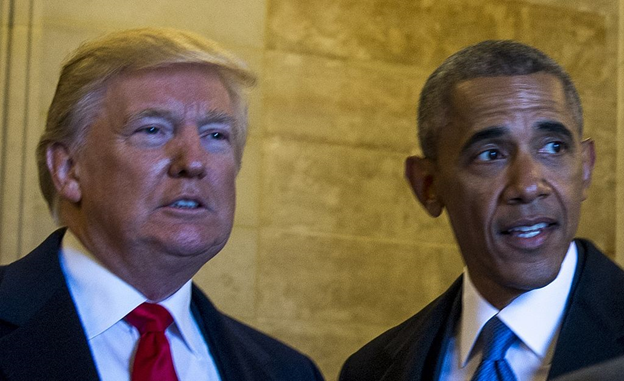
Obama used rich media to help promote his personal brand and likeability, including an appearance on Between Two Ferns with Zach Galifianakis and starring in a Buzzfeed video, “Things Everyone Does But Doesn’t Talk About.”
The Obama administration frequently held interviews over many social networking channels with online only outlets and used microtargeting to attract the audience they wanted. President Obama frequently appealed to young voters and pop culture to help promote his personal brand.
On the other hand, president Trump may fall under the belief that any publicity is good publicity. One sharp contrast of president Trump’s social media distribution on the campaign trail was marked by his frequent sharing of notable internet influencers and news outlets, as opposed to Clinton or Sanders.
As opposed to Obama, Trump embraced controversy instead of avoiding it. In fact, social media research shows that Trump’s many controversies actually increased his share rate across all social channels propelling him to a rather pyrrhic 2016 victory.
While both presidents may have taken different approaches to their social media habits, it illustrates how powerful social networking has become in the making of a presidency.
Federal Agencies that Engage and Inform
Some of the most active social media accounts streaming from D.C. are not always from the @POTUS twitter handle. Aside from using social listening to develop awareness for agency goals, social media offers many practical purposes for its citizenry:
- Posting job applications
- Delivering time sensitive updates
- Coordinating with local law enforcement
- Providing aid and donations for disaster relief
Social media can also be used to humanize many of the federal agencies we associate with red tape. The Department of Education responds to individual’s questions about college over Twitter and Facebook in their #AskFAFSA campaign.
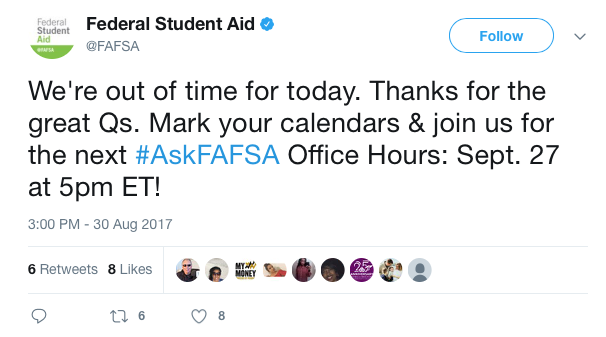
The TSA, almost as popular as the IRS, posts hilarious pictures to their Instagram of objects that people try to sneak through airports in their AskTSA campaign. The campaign attempts to answer travellers questions and concerns about what is legal to pack on a flight. It was rated above Beyonce as in Rolling Stone’s Top 100 Instagram Accounts.
Of course, sometimes federal agencies just have access to cooler technology and information than private citizens. NASA recently broadcasted a full Facebook live stream of the 2017 Solar Eclipse from different locations across the country to a massive audience. The CDC, in 2011, published a clever zombie apocalypse survival guide.
Ultimately, many federal agencies benefit from increasing their reach and promoting their own brand among the American voters. This probably affects whether they get to keep their job or not each budget cycle.
Final Thoughts
Social media media has completely transformed everyday interpersonal interactions and mass communication as a whole. The ability to engage with politicians and federal agencies overall leads to better governance and promotes greater transparency. Whether this effect on our current political climate can be viewed as positive or negative in light of these facts ultimately depends on your interpretation.






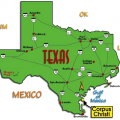










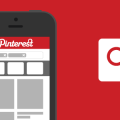











No Comments
Leave a comment Cancel